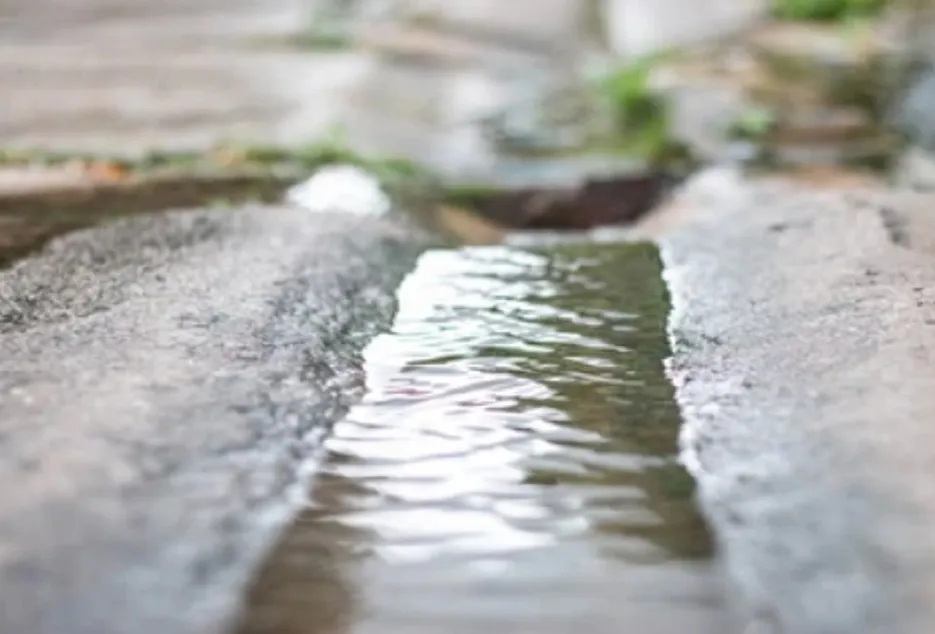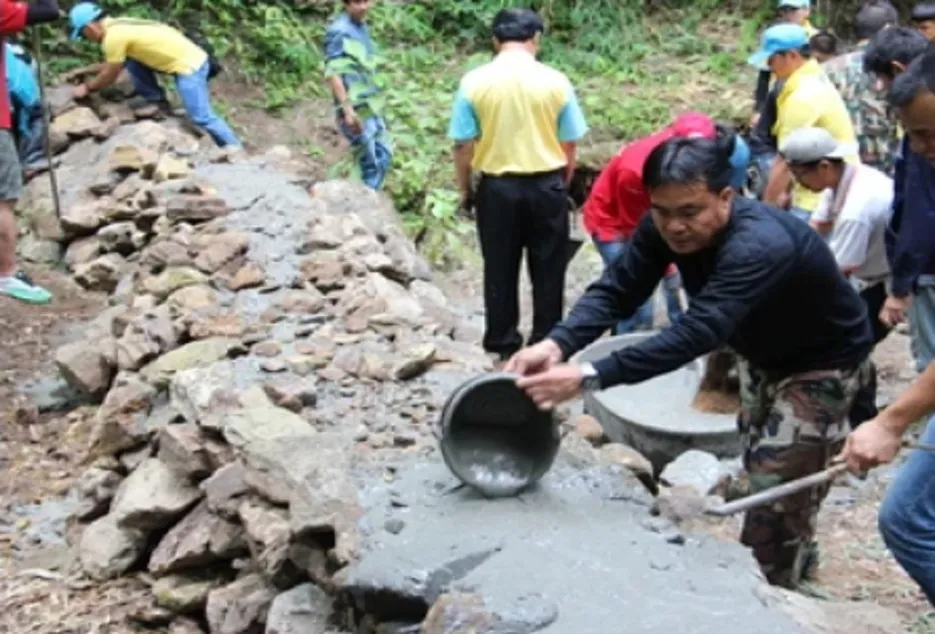 Back
Back

As rains are happening in most parts of India, and farmers have planted various crops in the record high area. It is also important for every farmer and farmer organizations to work on methods to store rainwater. The method of collecting and storing rainwater is called rainwater harvesting.
What are the benefits of rainwater harvesting?
What are the benefits of rainwater harvesting?

1 Rainwater is relatively clean and farmer gets this by free of cost.
2 You have complete control over your water supply.
3 It is socially acceptable and good for environment as well.
4 It promotes self-reliance and helps in conserving water.
5 It uses simple techniques that are inexpensive and easy to maintain.
6 It can be used as a main source of water or as a backup source for wells and canal water.
Two techniques are considered beneficial and easy for water conservation.
Two techniques are considered beneficial and easy for water conservation.
1 Surface water collection
2 roofing system
Surface water storage
Surface water storage
Surface water is the water which after rain falls on the ground and starts flowing into the lower level of the earth. The process of stopping the surface water before it goes into the drains is called surface water collection. This method can be used mostly in the rural area, in the rural area the main sources of water are wells, ponds and hand pumps. Those whose basis is ground water, due to its continuous use for many years, the water level of the land is falling, which can be increased by rainwater collection.


By making a permanent drain
By making a permanent drain
Every year lot of water is wasted in the fields only, this water can be collected in the ponds in the lower part by making a drain in the field, and in the plains, which brings minimum cost. Water collection reservoir is an effective method of water harvesting in many areas. Flowing water can be easily diverted to constructing kunds (ponds about 50 * 50 m) or reservoirs in the lower areas. Farmers can solve their agricultural water problems by storing water in this way, but can also increase their income by it.


Groundwater recharge or deep leakage
Groundwater recharge or deep leakage
In open areas, rainwater flows quickly, by increasing the time between draining water in such areas, this water can be encouraged to seep deeper into the fields, and increases groundwater. Agriculture in India is still rain-fed, whose main source is wells, and tube wells, but due to long-term use, the ground water level is now decreasing, and every year Rainfall is also decreasing, in such a situation the ground water level can be increased by rainwater, Benefits of groundwater recharge.


Benefits of groundwater recharge:-
Benefits of groundwater recharge:-
1 Soil erosion can be reduced
2 Dead wells, tube wells can be reused at low cost
3 The problem of drought can be reduced.
4 The economic condition of the farmers can also improve
Percolation is a process that replenishes water resources, which many countries have come to consider water resources as valuable natural water storage infrastructure that can be managed for water security.
Check dam:-
Check dam:-
A check dam is a small temporary or permanent both type, which can be constructed around a ditch, street, canal, small river, it can be used to store water as well as control the flow of flood water. This type of composition can be made from tree wood, stone, earthen bags filled with pea gravel or bricks and cement. It is being widely used in India; it can also be used as leak dams. These structures are relatively less expensive and last for 2-5 years.


Benefits of check dams
Benefits of check dams
1 The cost of one check dam ranges from around 7000- to 70000 rupees, depending on the size of the dam, the height.
2 Check dams reduce the flow of water, which reduces soil erosion.
3 The ground water level rises in smaller and less deep wells.
4 The saltiness in water can be reduced with rainwater.
Roofing system
Roofing system
so in addition to the rainwater flowing from houses and other buildings in dried up wells and tube wells, excess water also flows from ponds and rivers. Also, with proper arrangement, pipes can be transported to these sources, Roofing system can be used both in urban and rural, in which rainwater that goes from roof of building and houses can be collected by making underground tank on the roof or near the building, which costs 10 to 18 thousand. This is a very low cost scheme where collected water can be used for daily use and Can be used in agriculture work as well.


Thank you for reading this article, we hope you clicked on the ♡ icon to like the article and also do share it with your friends and family now!








